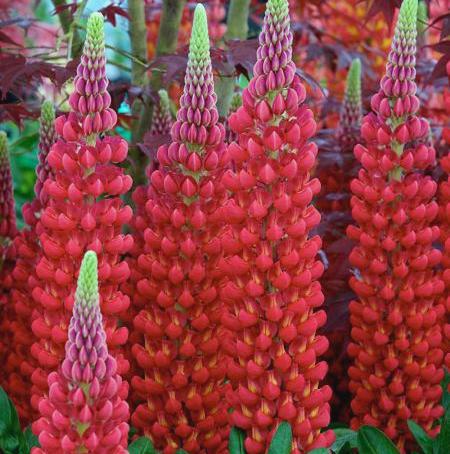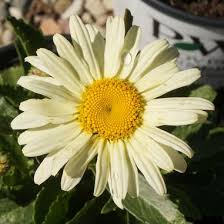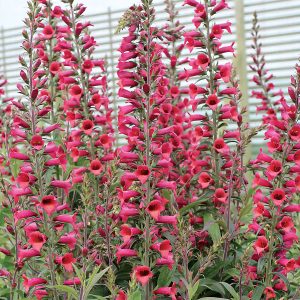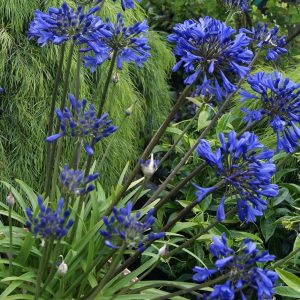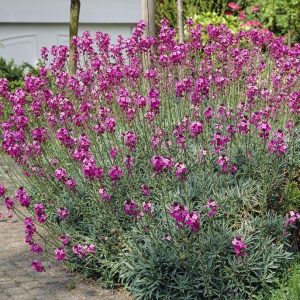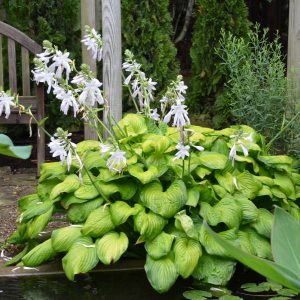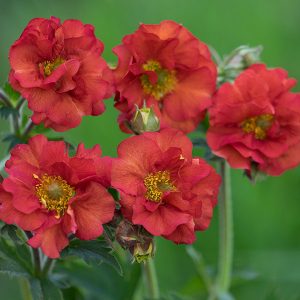Botanical name
Lupinus ‘Beefeater’
Other names
Lupin ‘Beefeater’, West Country lupin ‘Beefeater’
Genus
Lupinus
Variety or Cultivar
‘Beefeater’ _ ‘Beefeater’ is an upright, clump-forming, herbaceous perennial with palmate, mid- to dark green leaves and, from late spring into summer, large, erect, terminal racemes of scarlet flowers with orange-flushed throats.
Native to
Western United States
Foliage
Deciduous
Habit
Erect flower stem, Clump-forming
Toxicity
All parts of the plant may cause severe discomfort if ingested.
COLOUR
Flower
Flushed orange, Scarlet in Spring; Flushed orange, Scarlet in Summer
Foliage
Mid-green in Spring; Mid-green in Summer; Mid-green in Autumn
HOW TO CARE
Watch out for
Specific pests
Lupin aphid , Slugs , Snails
Specific diseases
Leaf spot , Powdery mildew
General care
Pruning
Deadhead to encourage more flowers. Cut back after flowering.
Propagation methods
Basal cuttings
WHERE TO GROW
Lupinus ‘Beefeater’ (Lupin ‘Beefeater’) will reach a height of 1m and a spread of 0.75m after 2-5 years.
Suggested uses
Cottage/Informal, Coastal, Flower Arranging, Beds and borders
Cultivation
Plant in light, moderately fertile, slightly acid to neutral, well-drained soil (sandy soil is best for flowering) in full sun or partial shade. Will not tolerate shade or chalky soil. May need staking.
Soil type
Loamy, Sandy
Soil drainage
Well-drained
Soil pH
Acid, Neutral
Light
Partial Shade, Full Sun
Aspect
South, East, West
Exposure
Exposed, Sheltered

